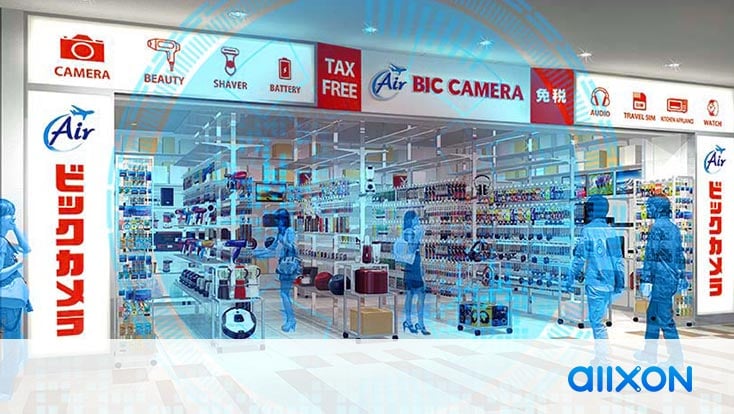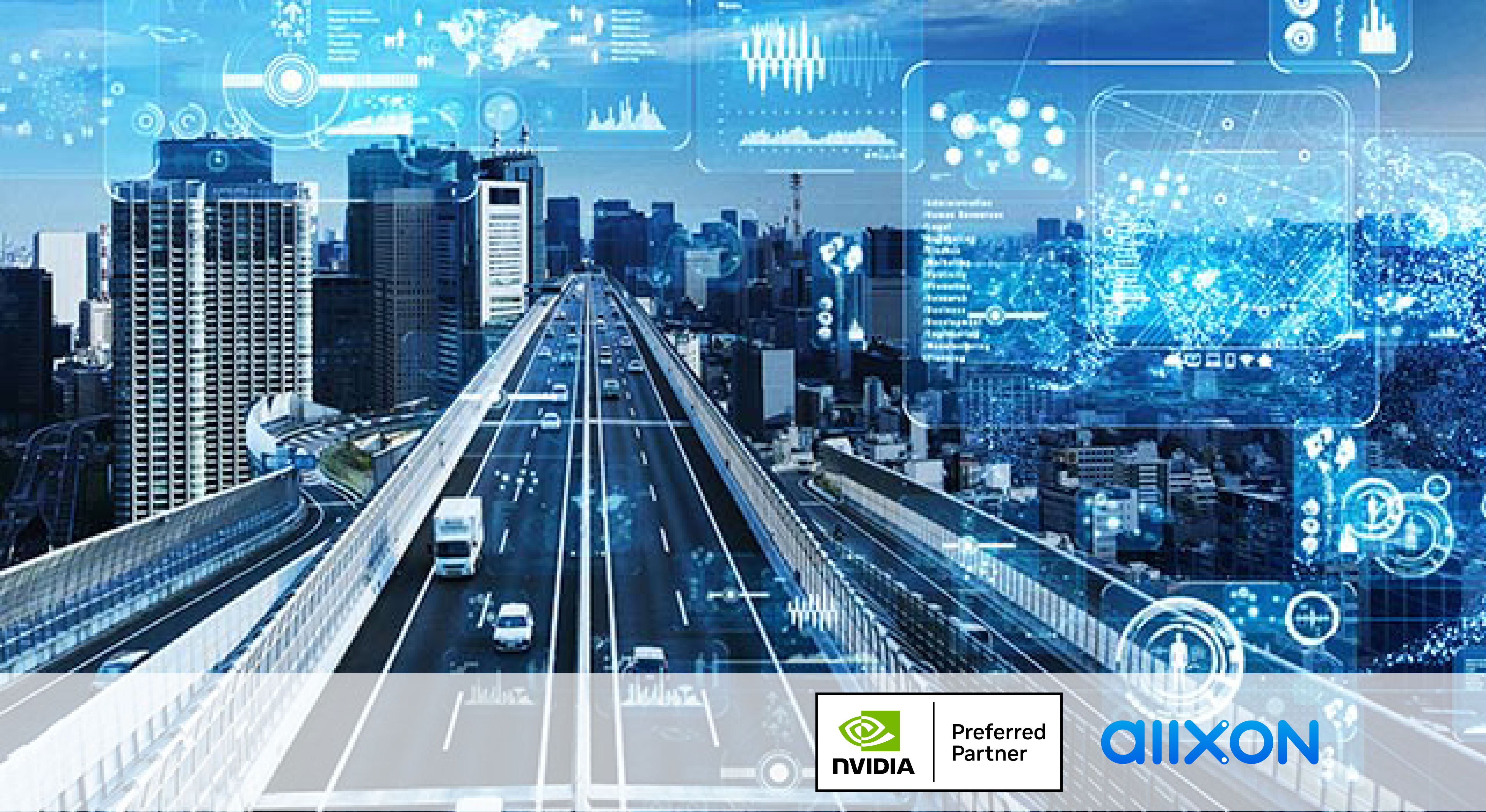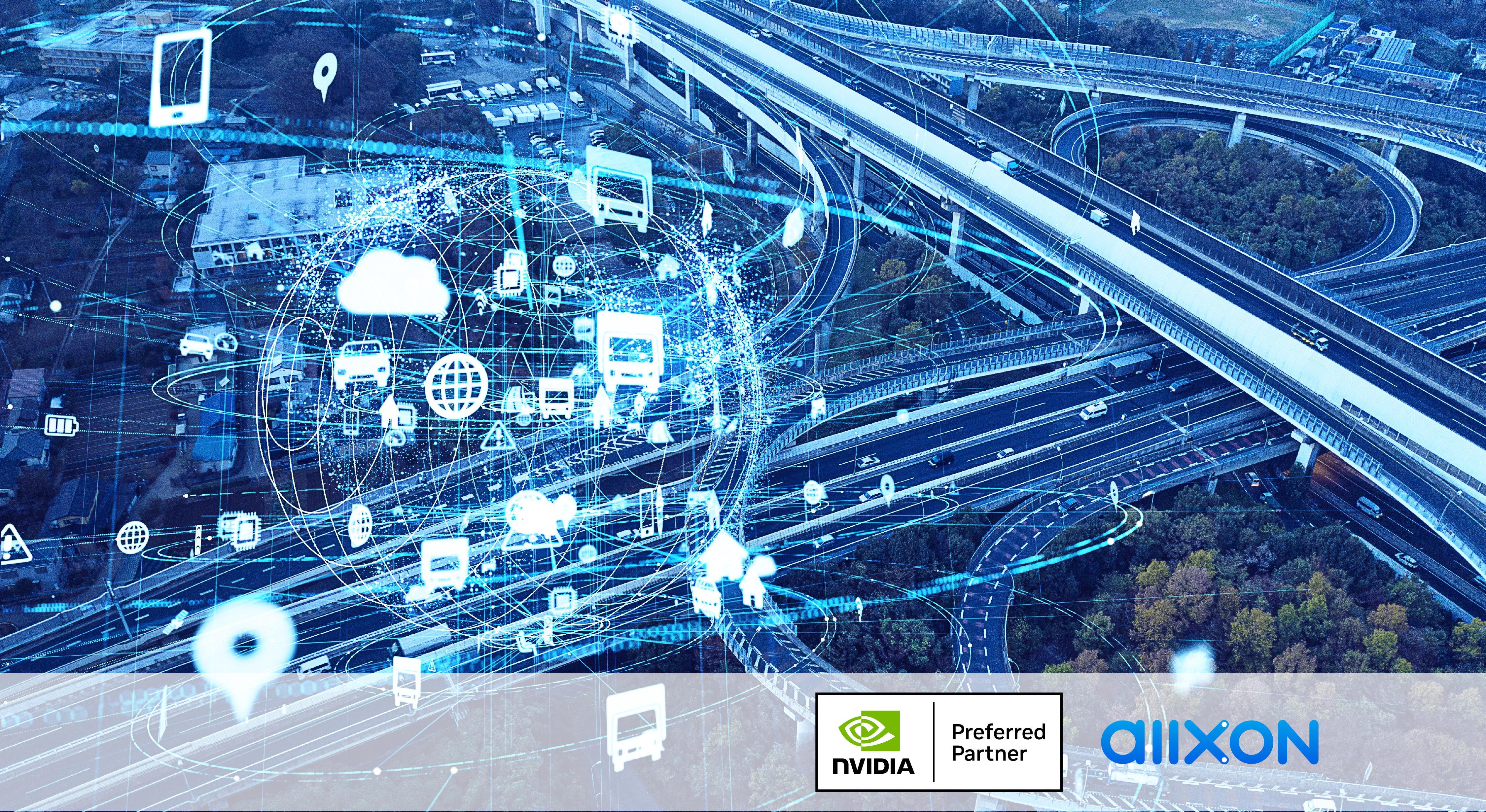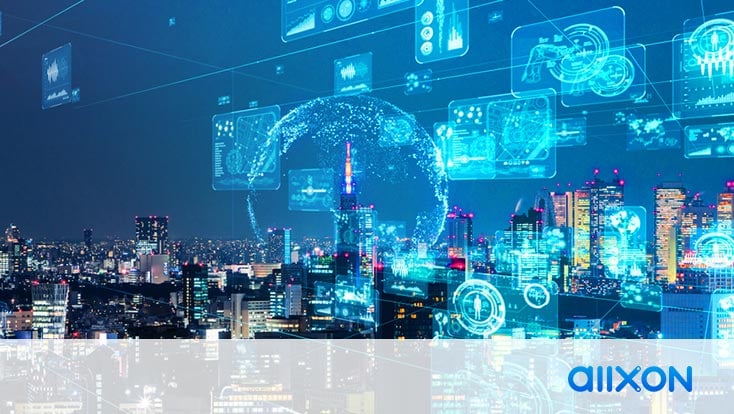In a fast-growing tech-dependent world, travellers demand the most up-to-date, real-time transport information. Why is it important to apply smart city technology into transit systems and how does it affect a traveller’s choice in mode of transport?
Real-time Passenger Information Display
The employment of Passenger Information Systems (PIS) in the railway industry have elevated the experiences of travellers. Automatic Vehicle Locator (AVL) technology has made train arrival predictions possible for passengers to make better traveling decisions. In northern Europe, state-owned railway companies employ PIS on platform-level to display the latest scheduling updates on arriving trains to help passengers know when to expect departure.
To provide travellers with the latest scheduling updates, railway control centers comprise a Central Management System (CMS) with PIS, connected on a Local Area Network (LAN), to real-time arrival prediction systems. Automatic vehicle locator and incident capturing technology generate live updates to the CMS. Data is collected, synchronized, and distributed from trains to railway control centers to passenger information displays at platform-level in every station.
Faulty PIS Drive Passengers Away
The rapid advancement in new mobile navigation applications have made inaccurate and unsynchronized scheduling information intolerable for travellers. When passengers are standing at railway platforms, consistent, real-time updates on PIS have become the standard expectation. PIS visual displays contribute to the passenger’s trust and preference in choosing the railway system as their mode of transport.
In northern Europe, digital signages on open railway platforms are bound to experience technical failures or system errors under extreme weather conditions. PIS need smart technology to conduct fast power cycling action to minimize system downtime and to ensure passengers receive the latest travel information. However, existing railway CMS devices lack the tools to efficiently reboot digital signages at each train station. Current power cycling services are performed on-site, costing railway companies high operational expenses on time and labor. Integrating remote device management tools is also expensive and requires the complex reconstruction of existing CMS devices that can take up to 10-12 months of testing, validation, and implementation.
Allxon Edge Architecture for Five-star Customer Experience
Allxon specializes in remote device management, making it easy for state-owned railway companies in northern Europe to consistently display passenger information at every train station. Allxon swiftDR for Power Cycling uses Allxon Edge Architecture to provide a secure and effective Out-Of-Band (OOB) power control tool, that enables railway control centers to remotely power off and back on edge displays in a click of a button.
Allxon Edge Architecture features Allxon’s plugINTM API for railway control centers, that are operating within local LAN, an easy and secure way to integrate Allxon swiftDR for Power Cycling into existing CMS devices. Without the need for complicated CMS device reconfiguration and reconstruction, Allxon offers an SDK that makes it easy for developers to securely set up a private connection on their server to their edge devices. Allxon’s integrable plugINTM API solution and Allxon swiftDR Enabler helps railway control centers effortlessly trigger shut down on PIS visual displays.
Allxon Edge Architecture enables CMS to enforce local network access restrictions according to company and government regulations, and to remotely operate their devices at the same time.
State-owned railway companies in northern Europe use smart city application technology like NEXCOM (NISE 51) with Allxon swiftDR Enabler integrated into their CMS to streamline their PIS visual displays at every station.
Allxon’s remote Edge Architecture helps railway companies optimize their most hard-to-reach, weather-stricken PIS visual displays, and ensures passengers receive the most up-to-date information they deserve for a smooth, comfortable journey ahead.

Recommended System:
About NISE 51 (P/N: 10J00005100X0)

About NexAIoT
NexAIoT is a subsidiary of NEXCOM group found in 2014. NexAIoT is committed to assisting companies in digital transformation and providing one-stop industry 4.0 services, including industrial Internet of Things and automation products, industrial computers, gateway, and Industry 4.0 customer system integration projects. NexAIoT’s leading products are the self-developed iAT2000 Cloud SCADA System and Enterprises War Room Solution. Also, it has strategically procured partnerships with world-renowned cloud service companies such as Microsoft, AWS, Google, MindSphere, SAP, and Alibaba Cloud. The quality of NexAIoT’s services and products has been unanimously recognized by customers, making NexAIoT notable in the global field of industrial Internet of Things. and a recommended high-performance manufacturer for Industry 4.0 intelligent manufacturing. For more Information, please visit www.nexaiot.com.







